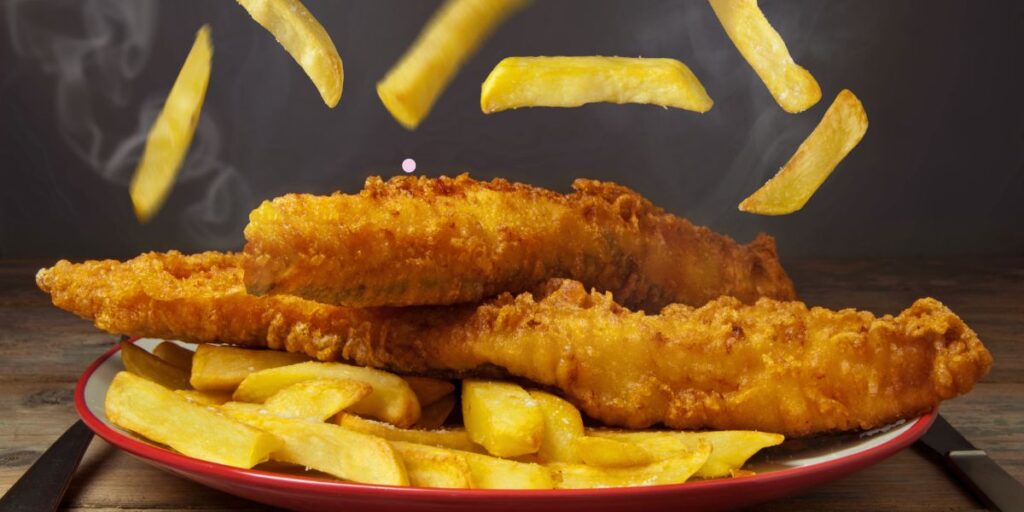Crab meat is a prized seafood delicacy known for its sweet, delicate flavor and versatile culinary uses. Whether used in salads, soups, dips, or main dishes, fresh crab meat adds a special touch to any meal. For seafood lovers searching for “crab meat near me,” understanding where to find fresh, high-quality crab meat locally can enhance your dining experience. This article explores how to locate fresh crab meat in your area, what to consider when purchasing, and tips for storing and using crab meat to get the best flavor and texture.
Sources of Fresh Crab Meat Near You
Finding fresh crab meat near you depends largely on your geographic location and proximity to coastal regions. Coastal cities and towns often have abundant fresh seafood markets, fishmongers, and specialty stores where fresh crab meat is available daily. These markets typically source crab meat directly from local fishermen or trusted suppliers, ensuring freshness and quality.
In inland or less coastal areas, supermarkets with well-stocked seafood departments might offer fresh or previously frozen crab meat. While availability may vary, larger grocery chains tend to carry lump crab meat, claw meat, and other varieties packaged for retail sale.
Specialty seafood stores and gourmet markets frequently offer premium crab meat selections, including fresh, pasteurized, and frozen options. These retailers often provide more variety and expert guidance on crab meat quality and uses.
Online seafood retailers expand access to fresh crab meat beyond geographic limits. Many reputable online vendors ship fresh or frozen crab meat with insulated packaging to preserve freshness during transit. Ordering online can provide access to rare or specialty crab meat types not commonly found locally.
Types of Crab Meat Commonly Available
When searching for crab meat near you, it helps to know the different types commonly sold. Lump crab meat refers to large, intact pieces of white meat, prized for its sweet flavor and delicate texture. It is often used in dishes where presentation matters, such as crab cakes or salads.
Claw meat comes from the claws and legs and tends to have a firmer texture and stronger flavor. It is ideal for recipes that require more robust crab flavor or when the meat will be cooked into sauces and soups.
Backfin crab meat is a mixture of smaller flakes and pieces, usually used in recipes where texture is less critical. It provides good value and is often found in canned or pre-packaged crab meat.
Specialty varieties like jumbo lump crab meat come from the largest muscle clusters and are the most prized and expensive.
Factors to Consider When Buying Crab Meat Near You
Freshness is the most important factor when buying crab meat. Fresh crab meat has a clean, sweet aroma and firm texture. Avoid crab meat with any fishy or ammonia-like odors, which indicate spoilage.
Packaging dates and storage conditions matter greatly. Crab meat should be kept refrigerated or properly frozen to preserve quality. Pasteurized crab meat, often canned or vacuum-packed, offers convenience and longer shelf life while maintaining good flavor.
Consider the source of the crab meat and whether it comes from sustainable fisheries. Many consumers prefer crab meat certified by organizations that promote responsible fishing practices to protect crab populations and marine ecosystems.
Price often correlates with crab meat quality and type. Larger lump meats tend to be more expensive due to their scarcity and higher demand.
Where to Buy Crab Meat Locally
Seafood markets and fishmongers remain the best places to buy fresh crab meat near you. These establishments usually receive daily deliveries and often offer live crab alongside prepared meat.
Supermarkets with dedicated seafood counters frequently stock crab meat, both fresh and frozen. Look for stores that source seafood locally and maintain high turnover to ensure freshness.
Specialty food stores and gourmet markets sometimes carry premium crab meat, including imported varieties or organic options.
Farmers markets and seafood festivals may also provide opportunities to purchase fresh crab meat directly from fishermen or local vendors, particularly in coastal regions.
Storing and Using Fresh Crab Meat
Once purchased, fresh crab meat should be handled carefully to maintain its quality. Refrigerate crab meat promptly and consume it within a day or two if fresh. Frozen crab meat should be thawed in the refrigerator and used quickly.
Crab meat is versatile and can be used in many recipes, including crab cakes, salads, soups, pasta dishes, and dips. To maximize flavor, avoid overcooking, which can make the meat tough and dry.
When cooking with crab meat, gentle heat and minimal handling preserve the delicate texture. Combining crab meat with complementary ingredients like fresh herbs, citrus, and light seasonings enhances its natural sweetness.
Conclusion
Finding fresh crab meat near you enhances your ability to enjoy this flavorful seafood delicacy in a variety of dishes. Coastal seafood markets, fishmongers, grocery stores, and specialty retailers provide reliable sources of fresh and high-quality crab meat. For those in less coastal areas, online seafood vendors offer expanded access to premium crab meat selections.
Being knowledgeable about crab meat types, freshness indicators, and storage practices ensures you select the best crab meat for your culinary needs. With proper handling and preparation, fresh crab meat transforms everyday meals into memorable seafood experiences that celebrate the delicate flavors of the sea.

